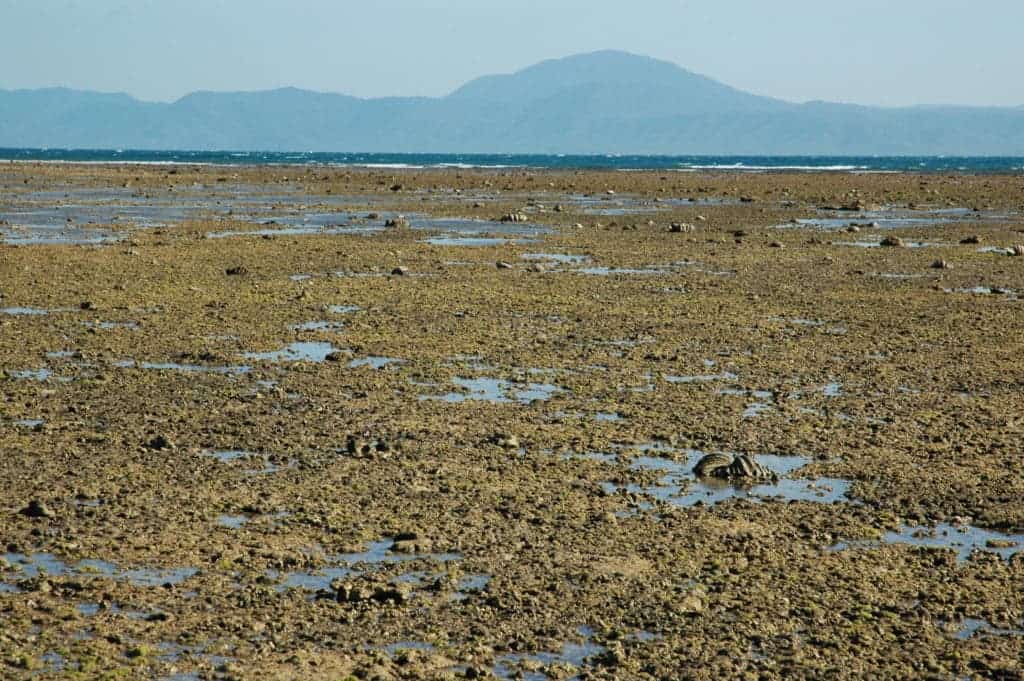Long-term monitoring of the Great Barrier Reef in Australia reveals that it has undergone ‘major’ change singe 1928 — as a result of global and local environmental changes.

Image credits Professor Maoz Fine / Bar-Ilan University.
As coral reefs around the world struggle under increasing pressures from climate warming, pollution, and environmental degradation, it’s important that we get an idea of how they’ll be affected over time. However, we have precious little long-term research to draw upon.
A new study from researchers at Bar-Ilan University and Interuniversity Institute for Marine Sciences in Israel, and the University of Queensland in Australia comes to address this lack of data. The team concludes that intertidal communities in the Great Barrier Reef have suffered dramatic shifts since 1928. These shifts — caused by environmental changes — seem to be long-lasting, with the team saying it’s unlikely the reefs will return to their initial states anytime soon.
Reefin’ changes
“This is a unique opportunity to look at long-term changes on an inshore reef system,” said author Prof. Hoegh-Guldberg from the University of Queensland. “Most studies are only a few decades in length — this one is just short of 100 years of study.”
The study analyzed the health and evolution of the Great Barrier Reef over a 91-year-long period. It began in 1928 when the Great Barrier Reef Committee and the Royal Society of London sent an expedition to study the Great Barrier Reef. The expedition team lived on Low Isles for over a year, taking the time to document local environmental conditions and the structure of tidal and subtidal communities. This marked the first recorded use of a diving helmet.
Public domain image.
The expedition provided a treasure trove of data. Prof. Maoz Fine from the Bar-Ilan University and the Interuniversity Institute for Marine Sciences says that the 1928 team was very careful in how they “undertook their study,” making for very high-quality data.
“We were literally able to go the exact spot and identify features that the 1928 expedition saw,” he explains.
The team used maps of the island created in 1928 from aerial photography. They digitized and linked these maps to GPS coordinates, allowing them to revisit and sample the exact same locations investigated by the Expedition (some 76, 87 and 91 years later, depending on the exact location). They also looked at data recorded for the same area in studies carried out since the Expedition. In effect, this makes for the longest ecological survey to date.
The latest rounds of sampling and investigations were carried out in 2004, 2015, and 2019. By these times, the team reports, intertidal communities have experienced major phase-shifts compared to the Expedition’s findings. Species richness and diversity of these communities declined for both corals and other invertebrates. One of the most dramatic changes is that massive corals have replaced branching corals, the team adds, and the sharp increase in soft coral numbers. Soft corals are now dominating large areas of the shadow reef which in 1928 had many species of hard corals too.
“The degree to which reefs may shift from one state to another following environment change was overwhelming,” said Prof. Fine. “The long-term implications of these changes highlight the importance of avoiding phase shifts in coral reefs which may take many decades to repair, if at all.”
Prof. Fine adds that there are multiple factors that helped push the degradation seen in the reef, but they’re virtually all environmental. Corals are particularly sensitive to environmental changes such as water acidity, temperature, and chemical make-up (pollution). When presented with multiple stressors at once, or with individual stressors in quick succession, reefs incur sizeable damage that can result in the loss of its populations and ecosystem functions for many years.
According to Fine the multi-year study also illustrates the importance of considering multiple factors in the decline, and potential recovery, of coral reefs, and the importance of tracking changes in community structure, as well as coral abundance, over long periods. In the future, the team plans to use the same methods to reconstruct data from other parts of the world visited by scientific expeditions in the past.
The paper “Ecological changes over 90 years at Low Isles on the Great Barrier Reef” has been published in the journal Nature Communications.






